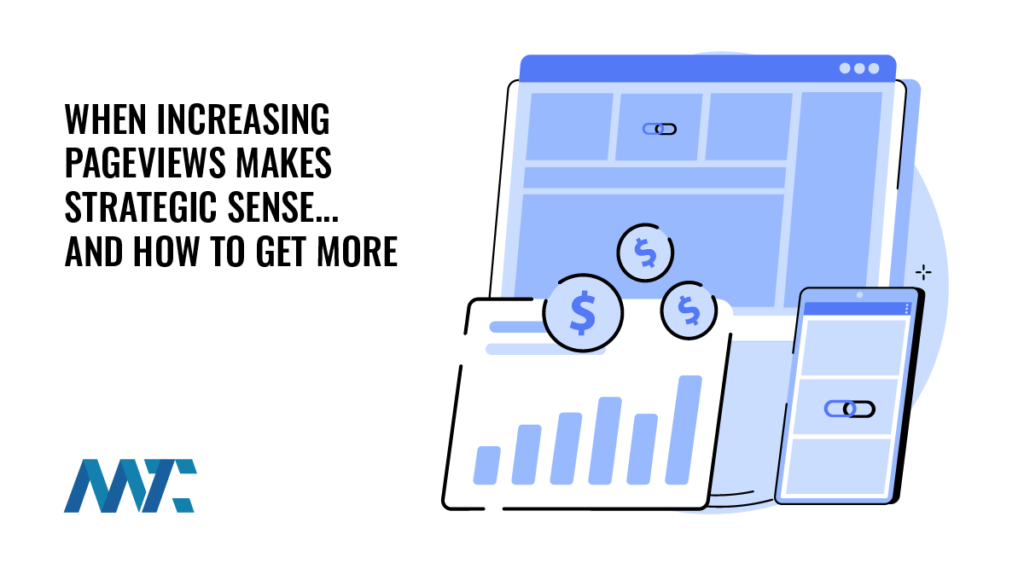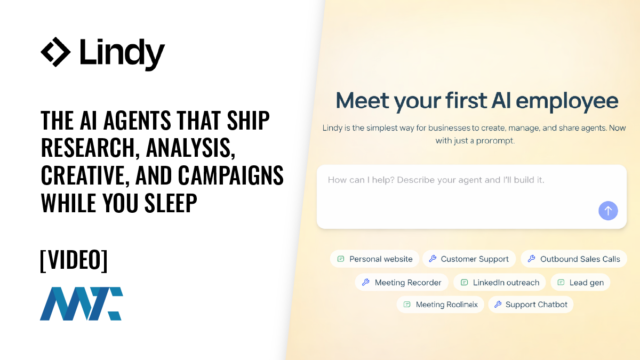Beyond Responsive Design: Content Device Optimization for Mobile vs. Desktop Users

Responsive web design (RWD) ensured our websites fit any screen. However, optimizing the content that appears and how it’s presented on different devices can unlock increased engagement and conversions. Moving past one-size-fits-all layout, this article demonstrates a true mobile-first content strategy:
Table of Contents
Martech Zone Mobile Optimization
On Martech Zone, I noticed in analytics and heatmaps that my desktop users frequently engaged with assorted marketing tools in the footer. On mobile, however, there was virtually no engagement—the tools were simply out of sight. Based on this insight, I relocated those links into the mobile navigation menu. Immediately, I saw a marked uptick in mobile usage—those resources were finally accessible to users, proving that visible placement matters most.
Mobile vs. Desktop Behavior: Key Statistics
When a user visits your website on mobile versus desktop, it’s not a random occurrence—it’s often an intentional choice driven by their behavior, context, and intent. People naturally gravitate toward specific devices based on what they’re trying to accomplish. A person might browse casually or read an article on their phone while out of the office, but wait until they’re at a desktop to fill out a complex form, make a purchase, or dive into research.
Mobile bounce rates range from 58% to 60%, and desktop rates range from 48% to 50%, with mobile users spending 704–775 seconds per session, compared to desktop users at 996–1,918 seconds.
Semrush
This device-selection behavior is well-documented and consistent across both B2B and B2C contexts. Understanding these patterns is critical to delivering the right content experience.
Analyzing Mobile vs. Desktop User Behavior
To make meaningful changes to your website content and layout, you first need to understand how users interact with your site across devices. Several tools and methodologies are available to help identify the strengths and weaknesses of your mobile and desktop experiences. Here are the most effective techniques to gather that insight:
- Device-segmented analytics: Compare bounce rates, pages per session, session duration, and conversion rates between mobile and desktop using your analytics tool (GA4). Look for gaps—such as significantly higher bounce rates on mobile or longer sessions on desktop—to inform your content adjustments.
- Heatmaps & scroll maps: View how far users scroll and where they click. Heatmaps filtered by device can reveal which elements mobile users tend to miss compared to desktop users. In my case, the footer tools were invisible to phone users, prompting me to relocate them.
- Session recordings: Tools like Hotjar and Clarity allow you to watch real user flows. You can observe if mobile users struggle with small buttons or abandon forms mid-process—insights that inspire actionable changes.
- User feedback & journey mapping: Add short surveys to ask users if they found what they needed, and track whether visitors use mobile devices to browse and desktop devices to complete tasks (or vice versa), reflecting cross-device behavior patterns.
Mobile vs. Desktop Optimizations You Can Implement Today
Once you’ve identified where mobile and desktop experiences diverge, there are proven best practices you can apply to improve both usability and conversions. The following optimizations can dramatically improve user satisfaction by addressing the unique needs and limitations of each device type:
- Prioritize mobile-friendly CTAs: Put the most important action—like Get Quote or Tap to Call—near the top of mobile pages. On desktop, detailed forms and configurators can be further in-depth.
- Adapt CTAs based on device: Replace a complete registration form on mobile with a Tap to Call or instant chat button. This tactic often sharpens mobile conversions, while desktop retains layered lead-capture options.
- Streamline navigation and forms for mobile devices: Utilize expandable menus, minimize form fields, avoid complex inputs, and ensure fields are touch-friendly for mobile users.
- Optimize content length and format: Use short, digestible paragraphs, bullet points, and visual aids that are optimized for mobile devices. On desktop, enrich content with detailed explanations, charts, and sidebars.
- Leverage device capabilities: For mobile users, integrate functionality like click-to-call, map directions, SMS, or mobile-optimized media. On desktop, showcase richer multimedia, such as interactive demos, live chat, or comprehensive product comparisons.
- Speed matters: With over half of mobile users expecting pages to load in under 3 seconds, optimizing image sizes, lazy-loading non-critical content, and minimizing scripts is essential to reduce bounce rates.
Dynamically Presenting Content by Device
With responsive frameworks and modern front-end technologies, it’s possible to tailor the appearance of content depending on a user’s screen size or device type, all without creating a separate mobile site. These are the most effective techniques for delivering content dynamically:
- CSS media queries: Use
@mediarules to hide or show elements based on viewport width. For example, hide your desktop footer on narrow screens and reveal an alternate section in the mobile nav.
Mobile vs. Desktop HTML
<div class="mobile-only">
<a href="tel:1234567890">Call (123) 456-7890</a>
</div>
<div class="desktop-only">
<form action="/submit" method="post">
<label for="name">Name:</label><br />
<input type="text" id="name" name="name" required /><br /><br />
<label for="email">Email:</label><br />
<input type="email" id="email" name="email" required /><br /><br />
<label for="message">Message:</label><br />
<textarea id="message" name="message" rows="4" required></textarea><br /><br />
<button type="submit">Request a Consultation</button>
</form>
</div>Mobile vs. Desktop CSS
/* Default (mobile-first) */
.mobile-only {
display: block;
}
.desktop-only {
display: none;
}
/* Desktop override */
@media screen and (min-width: 1024px) {
.mobile-only {
display: none;
}
.desktop-only {
display: block;
}
}- Adaptive scripts & conditional loading: Detect device type to load lighter assets on mobile. For instance, swap a data-heavy desktop widget with a simpler mobile summary version.
- Modular and reorderable layouts: Design content as components so you can reorder them when stacking vertically on mobile—for example, moving a call-to-action block above longer text.
- Test and iterate: Use A/B testing to compare formats and placements. Continuously monitor mobile vs desktop metrics to refine your content presentation for each device.
Optimizing for mobile-first content involves more than design—it requires crafting a tailored experience that meets users where they are, on their mobile devices. Your mobile visitors have different priorities, attention spans, and contexts than desktop users. By analyzing behavior, prioritizing mobile touchpoints, and dynamically presenting content, you can serve each visitor the right message, at the right time, on the right device.
Just like I did with the footer tools in the mobile menu, your content placement can transform engagement. A slight change in positioning can unlock significant gains in usability and conversion for mobile users.
Make your site more than responsive—make it device-optimized. Empower your mobile-first audience—while still giving desktop users the depth and detail they appreciate. That’s responsive content done right.







